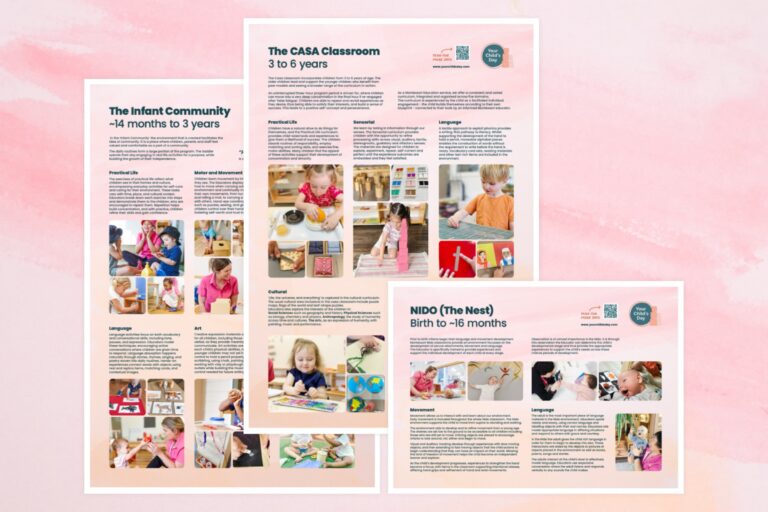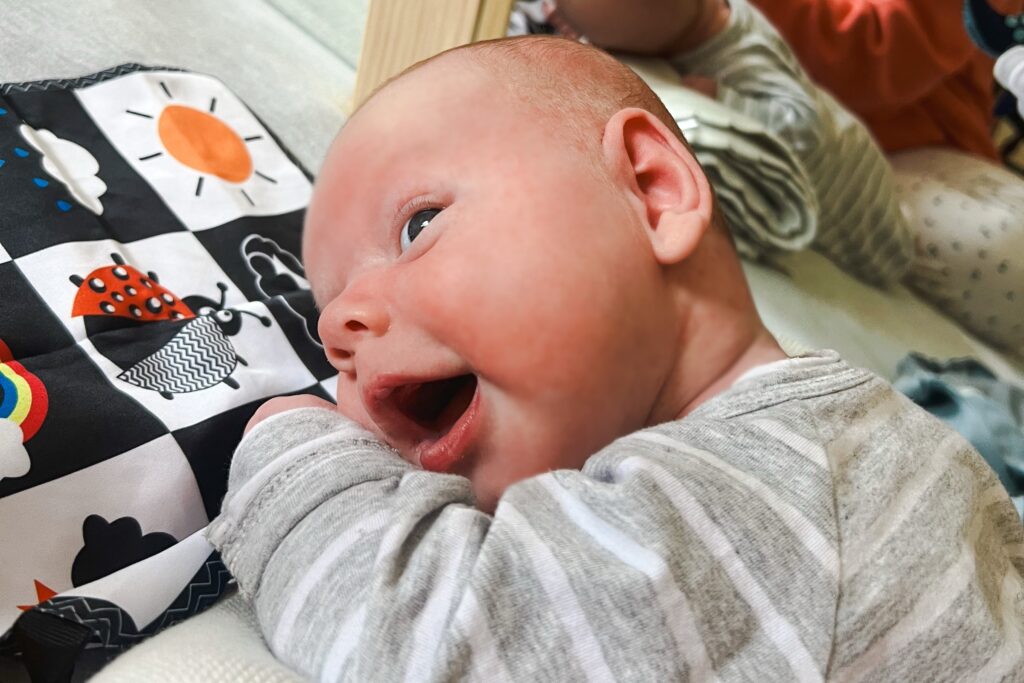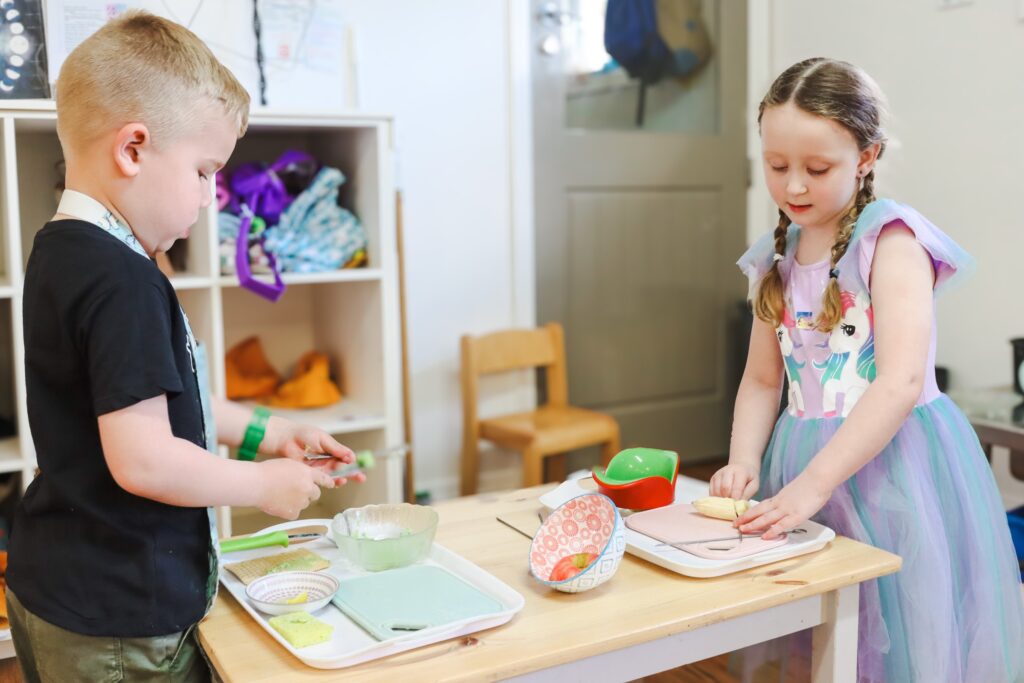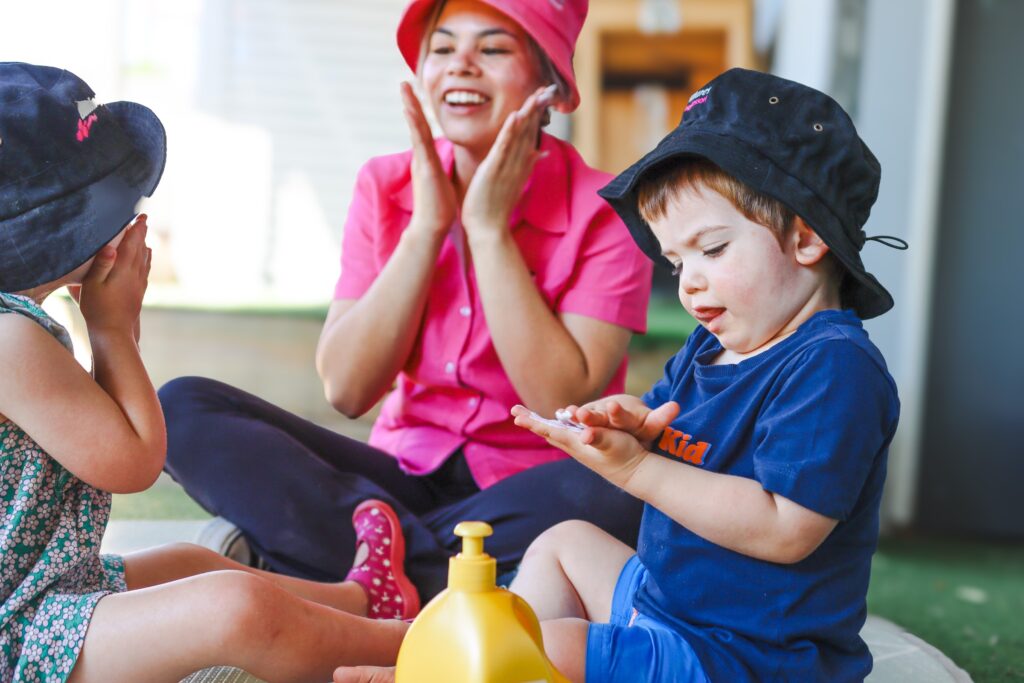Free Posters for sharing information to parents about the Program
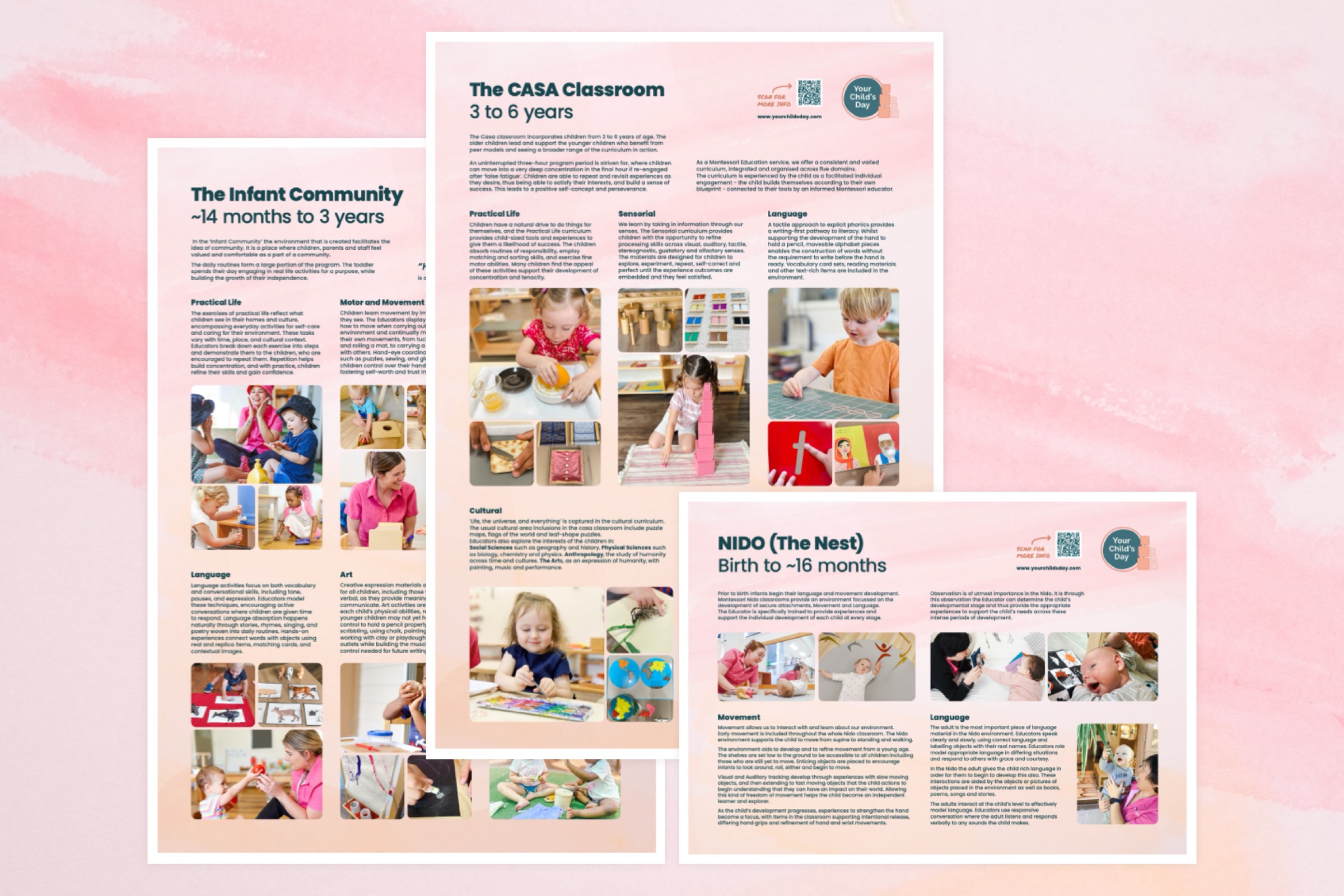
As each new family begins enrolment in your service, a plethora of paperwork and information comes their way. A multitude of enrolment forms, records to copy, parent handbook, policies, items to pack daily, events to participate in and orientation to their child’s classroom can be overwhelming. As services work to both meet parental expectations and operational needs, regulatory requirements must also be met.
What do parents need to know?
Forms and documents are created and reviewed in line with regulatory requirements as well as practical matters to enable the child’s care and education are effectively established. Information about the program is also required under regulatory requirements under regulations 73 – 76 which are reproduced at the end of this article.
Within this overwhelming abundance of information for parents to absorb, we know that as providers of Montessori education, supporting families to gain understanding of the philosophy and method is a key part of our approach, working on consistency between ‘school’ and ‘home’. Communicating our approach well ensures best outcomes for the children, and ideally also ensures that our families become our advocates, both supporting our business and to make the benefits of Montessori more widely known.
How can we comply with the regulatory requirements in a way that supports our Montessori mission?
One key section of these regulations is as follows:
“information about the contents and operation of the educational program for the service is displayed at the education and care service premises at a place accessible to parents of children being educated and cared for by the service” (Regulation 75)
The words “contents” and “operation” do not appear in the definitions section of the regulation, nor in the ACECQA glossary. Typical early childhood words such as ‘curriculum’, ‘learning’, ‘observations’ and ‘resources’ are not used, resulting in a fairly open-ended phrasing regarding the information that is to be provided.
How would we describe the ‘contents’ and ‘operation’ of our Montessori programs?
How I have defined these terms:
The content of the Montessori curriculum is the vast variety of experiences that a child has during their time in the program. This can be specific, such as working with a Montessori apparatus, or more silent, such as the child adapting to the expectations of the social environment as they observe the other children. If we consider the ‘content’ to be that which the child adopts in their journey of development, then a vast array of moments contribute, including interface with the prepared environment, interactions with the prepared educator, the social environment of the multi-age class and the materials with which the child experiments.
The operation of the Montessori program is the underpinning approach and method. The Montessori philosophy places an emphasis on child agency, supported by the prepared environment and the prepared educator. The child experiences a social environment that respectfully accepts, coaches and guides the child, valuing them and delighting with them as they participate in the program. The apparatus have a single variable which hones in on one developmental goal, and indirect aims which prepare children for future learning.
Providing information on the content and operation of the Montessori program to parents is a challenge due to the comprehensive nature of the method.
Providing parents with meaningful gems and nuggets during their time with your service can build their understanding over time.
Free Posters
Your Child’s Day has developed a set of free posters for the Montessori community that provide introductory information about the content and operation of the various-aged Montessori programs in your service. Displaying these posters in your service will ensure your compliance with regulation 75, and ensure parents commence a journey of curiosity about the benefits of a Montessori approach to education and parenting.
The Regulations
73 Educational program
(1) This Part applies in relation to the program (the educational program) that is required to be delivered under section 168 of the Law to a child being educated and cared for by an education and care service.
(2) An educational program is to contribute to the following outcomes for each child —
(a) the child will have a strong sense of identity;
(b) the child will be connected with and contribute to his or her world;
(c) the child will have a strong sense of wellbeing;
(d) the child will be a confident and involved learner;
(e) the child will be an effective communicator.
74 Documenting of child assessments or evaluations for delivery of educational program
(1) The approved provider of the education and care service must ensure that, for the purposes of the educational program, the following are documented —
(a) for a child preschool age or under —
(i) assessments of the child’s developmental needs, interests, experiences and participation in the educational program; and
(ii) assessments of the child’s progress against the outcomes of the educational program; and
(b) for a child over preschool age, evaluations of the child’s wellbeing, development and learning.
(2) In preparing the documentation, the approved provider must —
(a) consider —
(i) the period of time that the child is being educated and cared for by the service; and
(ii) how the documentation will be used by the educators at the service; and
(b) prepare the documentation in a way that is readily understandable by the educators at the service and the parents of the child.
Note — A compliance direction may be issued for failure to comply with subregulation (1).
75 Information about educational program to be kept available
The approved provider of an education and care service must ensure that —
(a) information about the contents and operation of the educational program for the service is displayed at the education and care service premises at a place accessible to parents of children being educated and cared for by the service; and
(b) a copy of the educational program is available at the following places for inspection on request —
(i) in the case of a centre-based service, at the education and care service premises;
(ii) in the case of a family day care service, at each family day care residence or family day care venue.
Note — A compliance direction may be issued for failure to comply with this regulation.
76 Information about educational program to be given to parents
The approved provider of an education and care service must ensure that a parent of a child being educated and cared for by the service is provided with the following information on request —
(a) information about the content and operation of the educational program so far as it relates to that child;
(b) information about the child’s participation in the program;
(c) a copy of the documents kept under regulation 74 in respect of the child.

